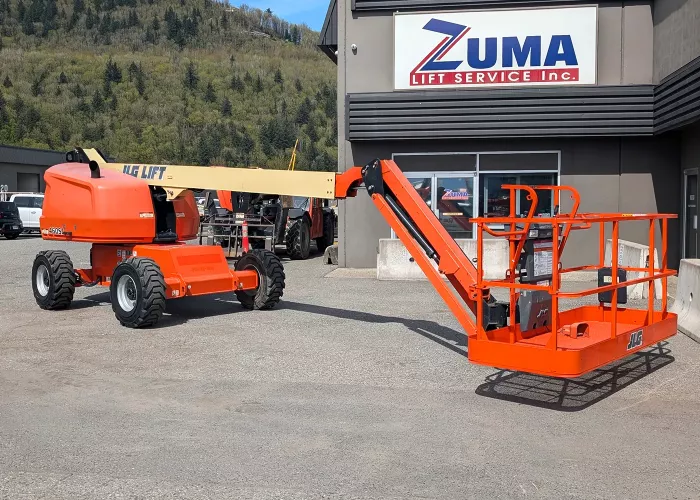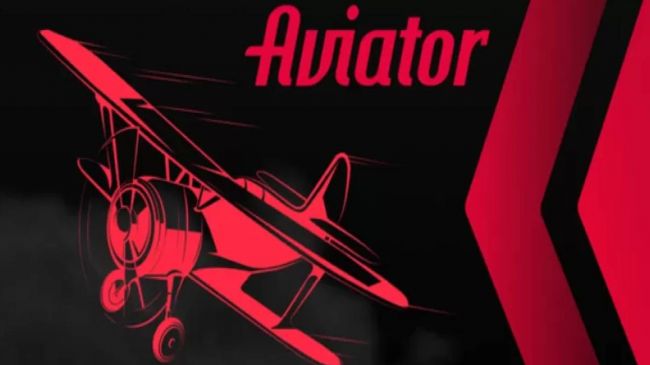Each construction site requires precise planning – from design documentation to equipment selection. One of the most critical decisions for you will be the choice of lifting equipment. The efficiency of all vertical work, personnel safety, delivery dates, and even the final profitability will depend on this choice. In this article, you will learn how to choose a lift that will suit your tasks and construction site conditions.
Assess the Real Needs of the Project
Before you approach an equipment supplier, it’s worth asking yourself a few questions. Your answers will inform your choice of the right type of equipment. For example, if you’re working in a dense urban environment, you’ll want a compact, maneuverable model. But if the task involves lifting heavy loads to great heights, you’ll need machines with a greater lifting capacity and reach. Here are the main questions:
- What is the maximum height to which people or materials need to be lifted?
- Does horizontal reach matter?
- Will the work be done in a confined space?
- How important is the mobility of the equipment – will it need to be able to move between sites?
- Do you plan to use the equipment indoors, outdoors, or both?
Understand the Types of Lifts

There are many types of lifting equipment available on the market. Let's look at the most popular ones.
Scissor lifts
These lifts are suitable for vertical lifting on stable surfaces. They are especially effective indoors and on flat concrete platforms. You can use these models for painting, electrical installation, or ventilation work.
Articulated boom lifts
They will provide you with access to hard-to-reach places. With their help, you can overcome obstacles, overhanging structures, or work around columns. Such models will be indispensable for reconstruction and external facade work.
Telescopic boom lifts
This equipment is distinguished by a large working height and boom reach. You can use them on large-scale construction sites where maximum access is required.
Trailer models
Such lifts can be easily transported and stored. They are often the best choice for small contractors who work on several sites.
Telehandlers
They combine the functions of a lift and a forklift. You can use them to lift workers and to move pallets, materials, or equipment to great heights.
Consider the Construction Site
The equipment must be suitable for the conditions in which you will be using it. First of all, pay attention to the type of surface. If the site is covered with gravel, unleveled or there is a risk of mud, models with a 4x4 drive and increased ground clearance will suit you.
If you are working in cramped conditions, consider compact equipment with battery operation - it will be maneuverable and quiet, and will not require additional ventilation.
Don't forget about the height of the ceilings and the width of the aisles - especially if you plan to work indoors. Some scissor lifts have folding railings, which will make it easier to enter the building.
Think about Safety
The right equipment will help keep you and your crew safe. Make sure the equipment meets OSHA standards and local regulations. A good lift should have reliable guards, overload sensors, as well as a stable structure, and emergency descent systems.
Cost: Buy or Rent?
The budget question is always a pressing one. For some projects, it is more profitable to rent a lift, especially if the tasks are one-time. But if you plan to use the equipment regularly, buying it will be a smarter investment.
Let's look at the advantages of buying:
- You will be able to use the equipment without time limits;
- You will not depend on the availability of the right model at the right time;
- Avoid regular rental payments;
- Get access to service and a warranty from the manufacturer.
If you are still considering renting, Zuma Sales will offer you favorable conditions on flexible terms – from one day to several months.
Also, if you're aiming to grow your construction business strategically, selecting the right equipment is only one part of the puzzle. Learn how to optimize workflows, improve margins, and expand intelligently in this practical guide on scaling your construction business.
How Zuma Sales Help You Choose Equipment
Zuma Sales specializes in the selection, sale, and rental of lifting equipment. If you are not sure which model is right for you, our managers will help you decide based on your tasks and site conditions. You will be able to work with a trusted partner who understands the specifics of construction projects, values your time, and offers flexible terms.
You will receive:
- Personal consultation;
- Equipment with a guarantee and full documentation;
- Support for delivery and personnel training;
- The ability to choose between new and used models.
What is Important to Remember When Choosing a Lift
Remember that even the most expensive equipment will not be useful if it does not match your project. And vice versa – a well-chosen model, even in the middle price segment, can provide time savings, safety, and high results. To finally decide on the equipment, use this checklist:
- Determine the tasks: people or materials, height, radius of action;
- Specify the place of work: indoors or outdoors, flat or rough terrain;
- Make sure it is safe: fences, sensors, stability;
- Calculate the payback period: rent or purchase;
- Consult with the supplier: especially if you have doubts.
Conclusion
Choosing lifting equipment is an important step in the construction management strategy. You can minimize risks, speed up processes, and increase safety if you approach this choice consciously. Contact Zuma Sales - and get not just equipment, but a reliable solution for your tasks.
Post Comment
Be the first to post comment!





